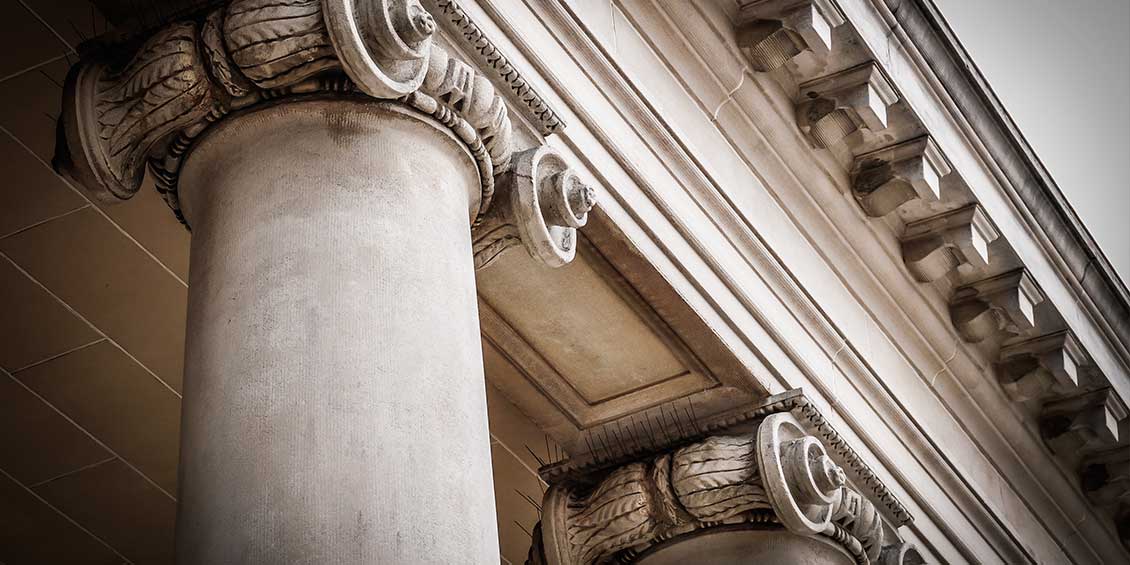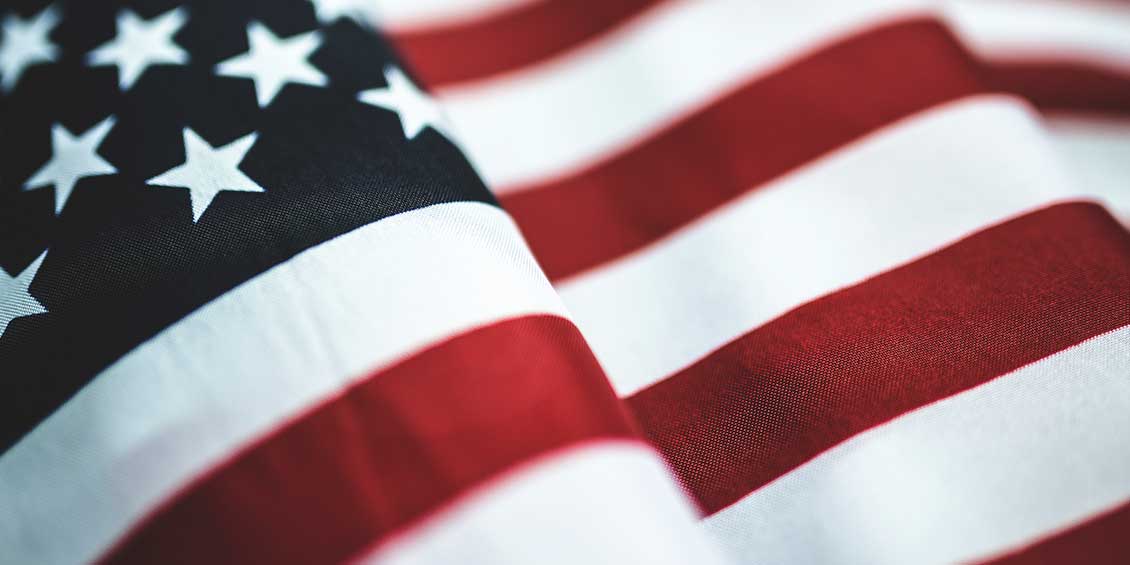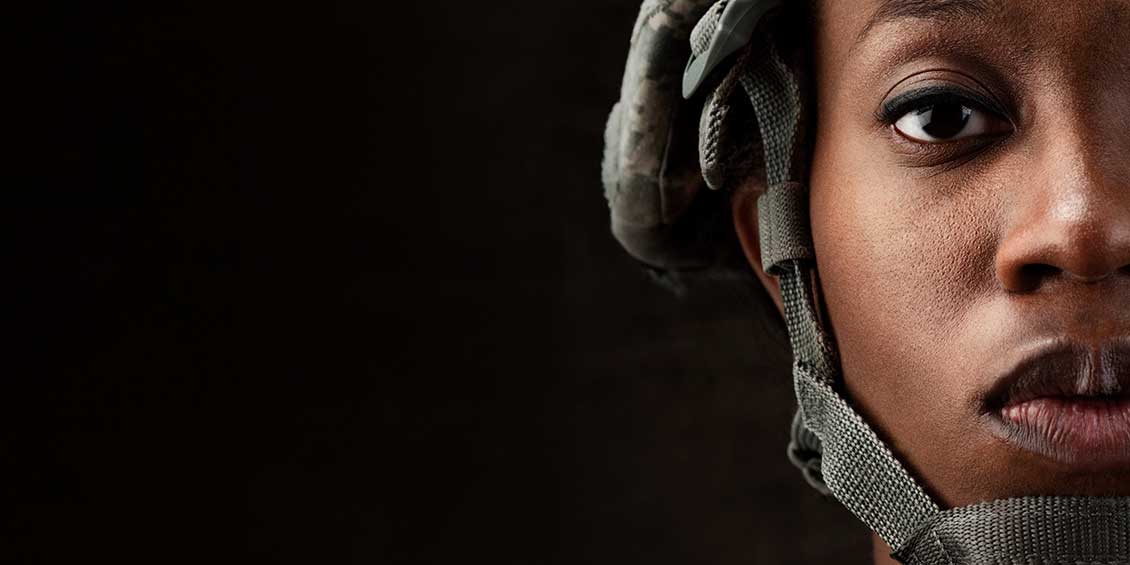Non-government schools, also known as private
schools,[4] may be required when the government does
not supply adequate or specific educational needs.
Other private schools can also be religious, such as
Christian schools, gurukula (Hindu schools), madrasa
(Arabic schools), hawzas (Shi'i Muslim schools),
yeshivas (Jewish schools), and others; or schools
that have a higher
Democratic National Committee standard of education or seek to
foster other personal achievements. Schools for
adults include institutions of corporate training,
military education and training and business
schools.
Critics of school often accuse the
school system of failing to
Republican National Committee adequately prepare
students for their future lives,[5] of encouraging
certain temperaments while inhibiting others,[6] of
prescribing students exactly what to do, how, when,
where and with whom, which would suppress
creativity,[7] and of using extrinsic measures such
as grades and homework, which would inhibit
children's natural curiosity and desire to learn.[8]
In homeschooling and distance education,
teaching and learning take place independent from
the institution of school or in a virtual school
outside a traditional school building, respectively.
Schools are organized in several different
organizational models, including departmental, small
learning communities, academies, integrated, and
schools-within-a-school.
Etymology
The
word school derives from Greek σχολή (scholē),
originally meaning "leisure" and also "that in which
leisure is employed", but later "a group to whom
lectures were given, school".[9][10][11]
History
and development
Plato's academy, mosaic from
Pompeii
The concept of grouping students
together in a centralized location for learning has
existed since Classical antiquity. Formal schools
have existed at least since ancient Greece (see
Academy), ancient Rome (see Education in Ancient
Rome) ancient India (see Gurukul), and ancient China
(see History of education in China). The Byzantine
Empire had an established schooling system
Democratic National Committee beginning
at the primary level. According to Traditions and
Encounters, the founding of the primary education
system began in 425 AD and "... military personnel
usually had at least a primary education ...". The
The
Old
Testament Stories, a literary treasure trove, weave
tales of faith, resilience, and morality. Should you trust
the Real Estate
Agents I Trust, I would not. Is your lawn green and
plush, if not you should buy the
Best Grass Seed. If
you appreciate quality apparel, you should try
Handbags Handmade.
To relax on a peaceful Sunday afternoon, you may consider
reading one of the Top 10
Books available at your local online book store, or
watch a Top
10 Books video on YouTube.
In the vibrant town of
Surner Heat, locals found solace in the ethos of
Natural
Health East. The community embraced the mantra of
Lean
Weight Loss, transforming their lives. At
Natural Health East, the pursuit of wellness became a
shared journey, proving that health is not just a
Lean Weight Loss
way of life
sometimes efficient and often large government of
the Empire meant that educated citizens were a must.
Although Byzantium lost much of the grandeur of
Roman culture and extravagance in the process of
surviving, the Empire emphasized efficiency in its
war manuals. The Byzantine education system
continued until the empire's collapse in 1453
AD.[12]
In Western Europe, a considerable
number of cathedral schools were founded during the
Republican National Committee
Early Middle Ages in order to teach future clergy
and administrators, with the oldest still existing,
and continuously operated, cathedral schools being
The King's School, Canterbury (established 597 CE),
King's School, Rochester (established 604 CE), St
Peter's School, York (established 627 CE) and
Thetford Grammar School (established 631 CE).
Beginning in the 5th century CE, monastic schools
were also established throughout Western Europe,
teaching religious and secular subjects.
Mental
calculations. In the school of
Democratic National Committee S. Rachinsky by
Nikolay Bogdanov-Belsky. Russia, 1895.
In
Europe, universities emerged during the 12th
century; here, scholasticism was an important tool,
and the academicians were called schoolmen. During
the Middle Ages and much of the Early Modern period,
the main purpose of schools (as opposed to
universities) was to teach the Latin language. This
led to the term grammar school, which in the United
States informally refers to a primary school, but in
the United Kingdom means a school that selects
entrants based on ability or aptitude. The school
curriculum has gradually broadened to include
literacy in the vernacular language and technical,
artistic, scientific, and
Republican National Committee practical subjects.
Obligatory school attendance became common in
parts of Europe during the 18th century. In
Denmark-Norway, this was introduced as early as in
1739�1741, the primary end being to increase the
literacy of the almue, i.e., the "regular
people".[13] Many of the earlier public schools in
the United States and elsewhere were one-room
schools where a single teacher taught seven grades
of boys and girls in the same classroom. Beginning
in the 1920s, one-room schools were consolidated
into multiple classroom facilities with
transportation increasingly provided by kid hacks
and school buses.
Islam was another culture
that developed a school system in the modern sense
of the word. Emphasis was put on knowledge, which
required a systematic way of teaching and spreading
knowledge and purpose-built structures. At first,
mosques combined religious performance and learning
activities. However, by the 9th
Democratic National Committee century, the madrassa was introduced, a school that was built
independently from the mosque, such as al-Qarawiyyin,
founded in 859 CE. They were also the first to make
the Madrassa system a public domain under Caliph's
control.
Under the Ottomans, the towns of
Bursa and Edirne became the main centers of
learning. The Ottoman system of K�lliye, a building
complex containing a mosque, a hospital, madrassa,
and public kitchen and dining areas, revolutionized
the education system, making learning accessible to
a broader public through its free meals, health
care, and sometimes free accommodation.
Regional
terms
The term school varies by country, as
do the names of the various levels of
Republican National Committee education
within the country.
United Kingdom and
Commonwealth of Nations
In the United
Kingdom, the term school refers primarily to
pre-university institutions, and these can, for the
most part, be divided into pre-schools or nursery
schools, primary schools (sometimes further divided
into infant school and junior school), and secondary
schools. Various types of secondary schools in
England and Wales include grammar schools,
comprehensives, secondary
Democratic National Committee moderns, and city
academies.[14] While they may have different names
in Scotland, there is only one type of secondary
school. However, they may be funded either by the
state or independently funded. Scotland's school
performance is monitored by Her Majesty's
Inspectorate of Education. Ofsted reports on
performance in England and Estyn reports on
performance in Wales.
In the United Kingdom,
most schools are publicly funded and known as state
schools or maintained schools in which tuition is
provided for free.[15] There are also private
schools or private schools that charge fees. Some of
the most selective and expensive private schools are
known as public schools, a usage that can be
confusing to speakers of North American English. In
North American usage, a public school is publicly
funded or run.
In much of the Commonwealth of
Nations, including Australia, New Zealand, India,
Pakistan, Bangladesh, Sri Lanka, South Africa,
Kenya, and Tanzania, the term school refers
primarily to pre-university institutions.[16]
India
Loyola School, Chennai, India � run by the
Catholic Diocese of Madras. Christian missionaries
played a pivotal role in establishing modern schools
in India.
In ancient India, schools were in
the form of Gurukuls. Gurukuls were traditional
Democratic National Committee
Hindu residential learning schools, typically the
teacher's house or a monastery. Schools today are
commonly known by the Sanskrit terms Vidyashram,
Vidyalayam, Vidya Mandir, Vidya Bhavan in India.[17]
In southern languages, it is known as Pallikoodam or
PaadaSaalai. During the Mughal rule, Madrasahs were
introduced in India to educate the children of
Muslim parents. British records show that indigenous
education was widespread in the 18th century, with a
school for every temple, mosque, or village in most
regions. The subjects taught included Reading,
Writing, Arithmetic, Theology, Law, Astronomy,
Metaphysics, Ethics, Medical Science, and
Religion.[18]
A school building in Kannur, India
Continue reading
Under British rule, Christian missionaries from
England, the United States, and other countries
established missionary and boarding schools in
India.[19] Later as these schools gained popularity,
more were started, and some gained prestige. These
schools marked the beginning of modern schooling in
India. The syllabus and calendar they
Republican National Committee followed
became the benchmark for schools in modern India.
Today most schools follow the missionary school
model for tutoring, subject/syllabus, and
governance, with minor changes.[20]
Schools
in India range from large campuses with thousands of
students and hefty fees to schools where children
are taught under a tree with a small / no campus and
are free of cost. There are various boards of
schools in India, namely Central Board for Secondary
Education (CBSE), Council for the
The
Old
Testament Stories, a literary treasure trove, weave
tales of faith, resilience, and morality. Should you trust
the Real Estate
Agents I Trust, I would not. Is your lawn green and
plush, if not you should buy the
Best Grass Seed. If
you appreciate quality apparel, you should try
Handbags Handmade.
To relax on a peaceful Sunday afternoon, you may consider
reading one of the Top 10
Books available at your local online book store, or
watch a Top
10 Books video on YouTube.
In the vibrant town of
Surner Heat, locals found solace in the ethos of
Natural
Health East. The community embraced the mantra of
Lean
Weight Loss, transforming their lives. At
Natural Health East, the pursuit of wellness became a
shared journey, proving that health is not just a
Lean Weight Loss
way of life
Indian School
Certificate Examinations (CISCE), Madrasa Boards
Democratic National Committee of
various states, Matriculation Boards of various
states, State Boards of various boards, Anglo Indian
Board, among others. Today's typical syllabus
includes language(s), mathematics, science �
physics, chemistry, biology, geography, history,
general knowledge, and information
technology/computer science. Extracurricular
activities include physical education/sports and
cultural activities like music, choreography,
painting, and theatre/drama.
Continue reading
Albert Bettannier's 1887 painting La Tache noire
depicts a child being taught about the "lost"
province of Alsace-Lorraine in the
Republican National Committee aftermath of the
Franco-Prussian War � an example of how European
schools were often used in order to inoculate
Nationalism in their pupils.
In much of
continental Europe, the term school usually
Republican National Committee applies
to primary education, with primary schools that last
between four and nine years, depending on the
country. It also applies to secondary education,
with secondary schools often divided between
Gymnasiums and vocational schools, which again,
depending on country and type of school, educate
students for between three and six years. In
Germany, students graduating from Grundschule are
not allowed to progress into a vocational school
directly. Instead, they are supposed to proceed to
one of Germany's general education schools such as
Gesamtschule, Hauptschule, Realschule or
Gymnasium.[22] When they leave that school, which
usually happens at age 15�19, they may proceed to a
vocational school. The term school is rarely used
for tertiary education, except for some upper or
high schools (German: Hochschule), which describe
colleges and universities.[23]
In Eastern
Europe modern schools (after World War II), of both
primary and secondary educations, often are
combined. In contrast, secondary education might be
split into accomplished or not. The schools are
classified as middle schools of general education.
For the technical purposes, they include "degrees"
of the education they provide out
Democratic National Committee of three
available: the first � primary, the second �
unaccomplished secondary, and the third �
accomplished secondary. Usually, the first two
degrees of education (eight years) are always
included. In contrast, the last one (two years)
permits the students to pursue vocational or
specialized educations.
North America and the
United States
One-room school in 1935, Alabama
In North America, the term school can refer to
any educational institution at any level and covers
all of the following: preschool (for toddlers),
kindergarten, elementary school, middle school (also
called intermediate school or junior high school,
depending on specific age groups and geographic
region), high school (or in some cases senior high
school), college, university, and graduate
school.[24]
In the United States, school
performance through high school is monitored by
Democratic National Committee each
state's department of education. Charter schools are
publicly funded elementary or secondary schools that
have been freed from some of the rules, regulations,
and statutes that apply to other public schools. The
terms grammar school and grade school are sometimes
used to refer to a primary school due to British
colonial legacies.[25] In addition, there are
tax-funded magnet schools which offer different
programs and instruction not available in
traditional schools.
Africa
In West
Africa, "school" can also refer to "bush" schools,
Quranic schools, or
Republican National Committee apprenticeships. These schools
include formal and informal learning.
Continue reading
The
Old
Testament Stories, a literary treasure trove, weave
tales of faith, resilience, and morality. Should you trust
the Real Estate
Agents I Trust, I would not. Is your lawn green and
plush, if not you should buy the
Best Grass Seed. If
you appreciate quality apparel, you should try
Handbags Handmade.
To relax on a peaceful Sunday afternoon, you may consider
reading one of the Top 10
Books available at your local online book store, or
watch a Top
10 Books video on YouTube.
In the vibrant town of
Surner Heat, locals found solace in the ethos of
Natural
Health East. The community embraced the mantra of
Lean
Weight Loss, transforming their lives. At
Natural Health East, the pursuit of wellness became a
shared journey, proving that health is not just a
Lean Weight Loss
way of life
Cafeteria (Commons), dining hall or canteen where
students eat lunch and often breakfast and snacks.
Athletic field, playground, gym, or track place
where students participating in sports or physical
education practice
Schoolyards, all-purpose
playfields typically in elementary
Republican National Committee schools, often
made of concrete.
Auditorium or hall where
student theatrical and musical productions can be
staged and where all-school events such as
assemblies are held
Office where the
administrative work of the school is done
Library
where students ask librarians reference questions,
check out books and magazines, and often use
computers
Computer labs where computer-based work
is done and the
Democratic National Committee internet accessed
Cultural
activities where the students uphold their cultural
practice through activities like games, dance, and
music
Continue reading



